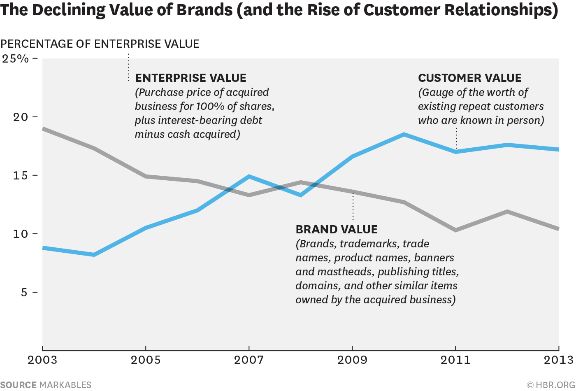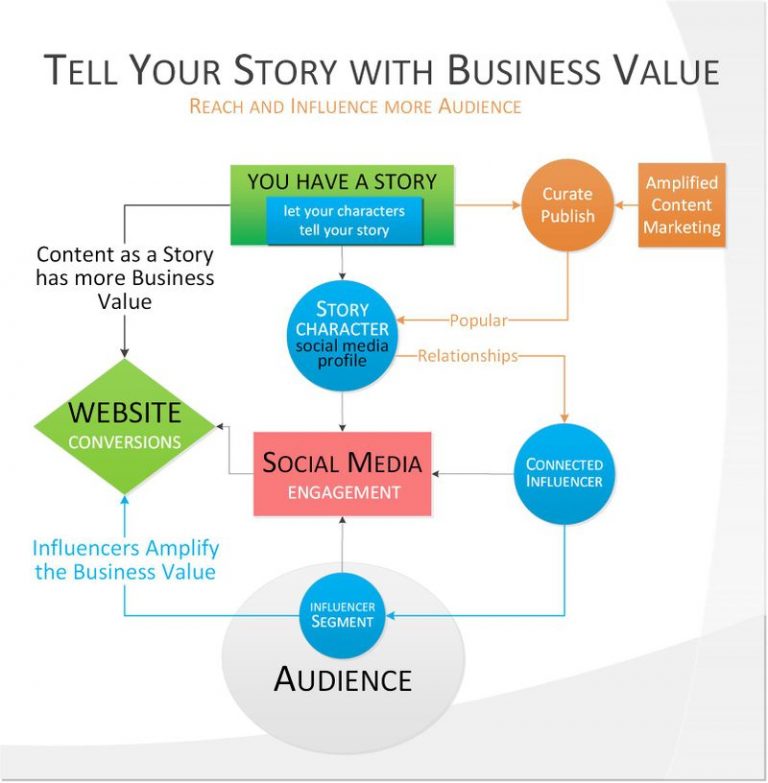Social media marketing centers around getting the attention of your present and prospective customers. What is the best time to post on social media? “The best time to post on social media is when your customers (both present and prospective) are online”. When to post on Social Media in 2020 Social media eCommerce trends indicate […]
Since the birth of e-commerce, marketing experts have disagreed about the future
Since the birth of e-commerce, marketing experts have disagreed about the future role of brands. Some have predicted that digital technologies will hasten the demise of brands because customers will have ready access to information they need to make purchase decisions, and “brand” will, therefore, become less relevant. Others have prophesied an increasing importance of […]
What’s Your Story?
Brand storytelling is an art and a science, and in today’s world it had better be highly strategic. Storytelling should convey not only what a company does, but who it is, and why—as well as tap into the emotions of its readers all at the same time. Five steps to help tell your story 1: […]
What’s Your Story?
Brand storytelling is an art and a science, and in today’s world, it had better be highly strategic. Storytelling should convey not only what a company does, but who it is, and why—as well as tap into the emotions of its readers all at the same time. Five steps to help […]
Attracting Audience Attention
How to Attract an Audience with Creating Captivating Content To be successful, every business has to tell its stories. These days, such stories are usually told through posting content online in blogs, articles and social media. But just pushing content onto the web is meaningless if it doesn’t interest the audience. In an online world […]



